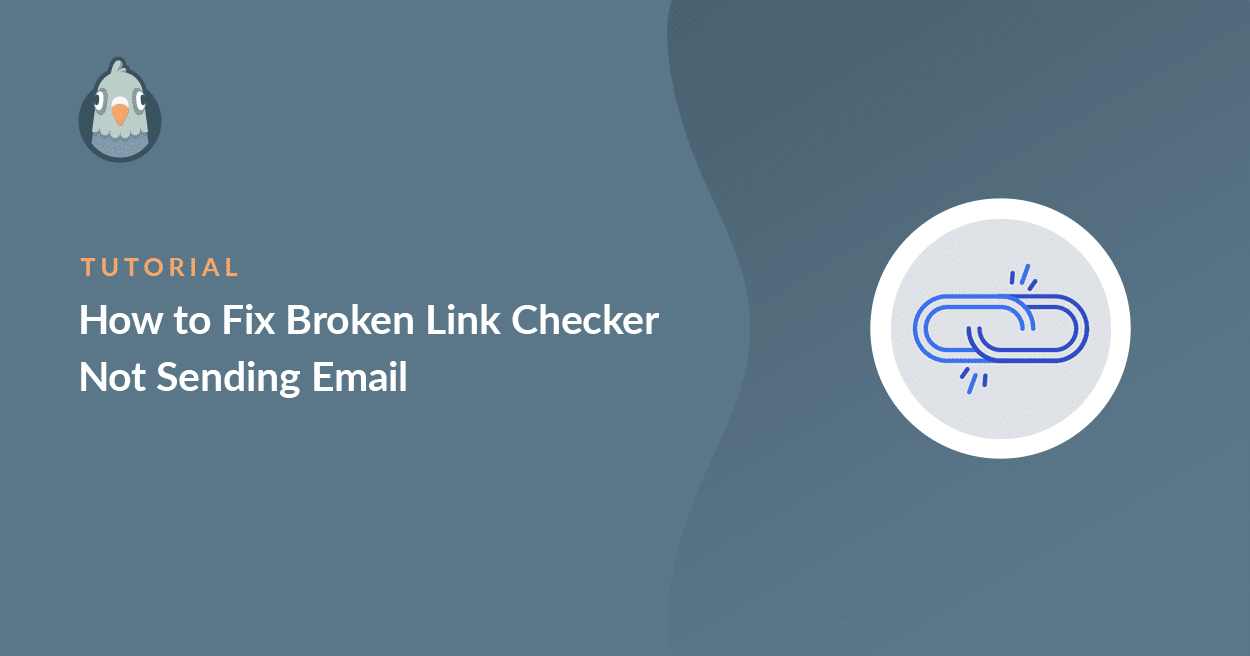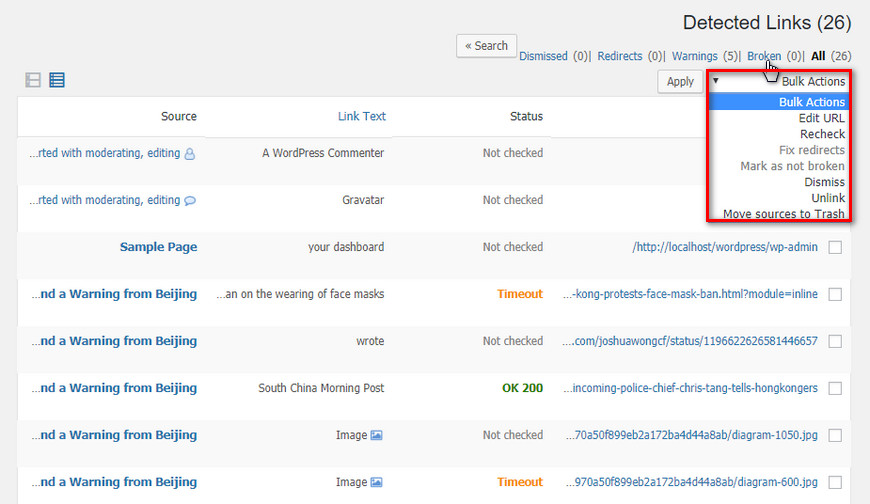
You want a dynamic xml sitemap so that every time a new page is created on your website the URL gets automatically added to the file. The purpose is that even though your website’s internal linking architecture might not be perfect, the XML sitemap tells Google what all of your URL’s are so they can appropriately crawl and index them. **Note: This is a very resource heavy plugin so it is recommended to deactivate the plugin after use and just reactivate every month or 2 to ensure your website is in good standing.Ī file that lists all of the important pages of your website.

#Fix broken links is not under tools in my wordpress update#
The great thing about this plugin is that you can update the URL right from this view by either changing the URL or unlinking it altogether. Here is a screenshot:īy clicking on the link shown above, you will be taken to a results page of the individual links: Once completed, you should see a link displaying the number of broken links found. Obviously the larger the site the long it will take to finish the scan. The plugin will automatically start scanning the website for any broken links. Upon activating the plugin, you will need to visit the Settings >Link Checker page. The more broken links you have, can cause Google to have a reduced crawl rate, and not effectively distribute link equity.Īlthough there are a couple ways this can be done, for simplicity I recommend using the Broken Link Checker plugin. A broken link not only provides a bad user experience, it affects how Google assesses your sites quality. Links pointing to other internal pages of your website. Once you know where your chains are happening, you simply need to update the link to point to the final destination instead of allowing it to flow through multiple redirects. This can be problematic for SEO because of decreased link equity being passed through. When a URL is redirected it should be done so pointing directly to its final destination.

2.5 Broken Images & Missing Alt Attributesįor the last several years, SEMrush has conducted studies around the most common technical SEO mistakes that appear on websites.2.3 Missing, Duplicate, & Too Long Title Tags.2.2 Duplicate & Missing Meta Descriptions.


 0 kommentar(er)
0 kommentar(er)
